My account
Get into your account.
Hot topics
First Approach in Pharma
Independence Day Special issue with Vivek Hattangadi tracing the India pharma brand story from before Independence till today.
Top 25 Indian Pharma Companies by Revenues in 2024
India pharma is crucial for global healthcare, providing affordable...
Doctors Still Considered Noble
The July 2016 issue of MedicinMan with articles by Piyush Agarwal, K. Hariram, Vivek Hattangadi, Anjali Sharma, Chandan Kumar, RB Balakrishna and Pankaj Mehrotra
Culture and Resistance to Change – A Pharma SFE Adoption Case Study
As an MNC Head, I was one among the...
Digital Transformation and the World of Pharma
A big myth about digital transformation is that it...
Semaglutide – More Than Just a Patent Battle
The Delhi High Court has restrained Dr. Reddy’s and...
Novo Nordisk — Septerna’s $2.2 Billion Deal
A New Era for Obesity Pills
Novo Nordisk has announced...
Will TATA Succeed in Reinventing Indian Pharma Retail through 1 MG Hybrid?
Tata 1mg App Business Model: How does it work...
GSK Bets Big on Liver Disease: $1.2B Upfront for Boston Pharma’s MASH Drug
In a bold move to strengthen its hepatology pipeline,...
Indian Pharma Market Performance – April 2025
The Indian Pharmaceutical Market (IPM) maintained moderate growth in...
Semaglutide – More Than Just a Patent Battle
The Delhi High Court has restrained Dr. Reddy’s and...
Novo Nordisk — Septerna’s $2.2 Billion Deal
A New Era for Obesity Pills
Novo Nordisk has announced...
Will TATA Succeed in Reinventing Indian Pharma Retail through 1 MG Hybrid?
Tata 1mg App Business Model: How does it work...
GSK Bets Big on Liver Disease: $1.2B Upfront for Boston Pharma’s MASH Drug
In a bold move to strengthen its hepatology pipeline,...
Indian Pharma Market Performance – April 2025
The Indian Pharmaceutical Market (IPM) maintained moderate growth in...
Semaglutide – More Than Just a Patent Battle
The Delhi High Court has restrained Dr. Reddy’s and...
Novo Nordisk — Septerna’s $2.2 Billion Deal
A New Era for Obesity Pills
Novo Nordisk has announced...
Will TATA Succeed in Reinventing Indian Pharma Retail through 1 MG Hybrid?
Tata 1mg App Business Model: How does it work...
GSK Bets Big on Liver Disease: $1.2B Upfront for Boston Pharma’s MASH Drug
In a bold move to strengthen its hepatology pipeline,...
Indian Pharma Market Performance – April 2025
The Indian Pharmaceutical Market (IPM) maintained moderate growth in...
Semaglutide – More Than Just a Patent Battle
The Delhi High Court has restrained Dr. Reddy’s and...
Novo Nordisk — Septerna’s $2.2 Billion Deal
A New Era for Obesity Pills
Novo Nordisk has announced...
Will TATA Succeed in Reinventing Indian Pharma Retail through 1 MG Hybrid?
Tata 1mg App Business Model: How does it work...
GSK Bets Big on Liver Disease: $1.2B Upfront for Boston Pharma’s MASH Drug
In a bold move to strengthen its hepatology pipeline,...
Indian Pharma Market Performance – April 2025
The Indian Pharmaceutical Market (IPM) maintained moderate growth in...
Hot topics
Medical Affairs, Marketing and Sales – The Triumvirate of Pharmaceutical Business
The Medical department comprising of Clinical Operations (the ones...
Digital Noise to Digital Voice – A 4-Module Workshop for Pharma People
https://www.youtube.com/watch?v=BOO_CNxEzwQ
When Covid19 struck for the first time in March 2020, the...
Sales Readiness For Trainers and Reps – Improve Effectiveness In A New Pharma World
Last week, I was in a meeting with the...
Semaglutide – More Than Just a Patent Battle
The Delhi High Court has restrained Dr. Reddy’s and...
Novo Nordisk — Septerna’s $2.2 Billion Deal
A New Era for Obesity Pills
Novo Nordisk has announced...
Will TATA Succeed in Reinventing Indian Pharma Retail through 1 MG Hybrid?
Tata 1mg App Business Model: How does it work...
GSK Bets Big on Liver Disease: $1.2B Upfront for Boston Pharma’s MASH Drug
In a bold move to strengthen its hepatology pipeline,...
Indian Pharma Market Performance – April 2025
The Indian Pharmaceutical Market (IPM) maintained moderate growth in...
Semaglutide – More Than Just a Patent Battle
The Delhi High Court has restrained Dr. Reddy’s and...
Novo Nordisk — Septerna’s $2.2 Billion Deal
A New Era for Obesity Pills
Novo Nordisk has announced...
Will TATA Succeed in Reinventing Indian Pharma Retail through 1 MG Hybrid?
Tata 1mg App Business Model: How does it work...
GSK Bets Big on Liver Disease: $1.2B Upfront for Boston Pharma’s MASH Drug
In a bold move to strengthen its hepatology pipeline,...
Indian Pharma Market Performance – April 2025
The Indian Pharmaceutical Market (IPM) maintained moderate growth in...
Semaglutide – More Than Just a Patent Battle
The Delhi High Court has restrained Dr. Reddy’s and...
Novo Nordisk — Septerna’s $2.2 Billion Deal
A New Era for Obesity Pills
Novo Nordisk has announced...
Will TATA Succeed in Reinventing Indian Pharma Retail through 1 MG Hybrid?
Tata 1mg App Business Model: How does it work...
GSK Bets Big on Liver Disease: $1.2B Upfront for Boston Pharma’s MASH Drug
In a bold move to strengthen its hepatology pipeline,...
Indian Pharma Market Performance – April 2025
The Indian Pharmaceutical Market (IPM) maintained moderate growth in...
Semaglutide – More Than Just a Patent Battle
The Delhi High Court has restrained Dr. Reddy’s and...
Novo Nordisk — Septerna’s $2.2 Billion Deal
A New Era for Obesity Pills
Novo Nordisk has announced...
Will TATA Succeed in Reinventing Indian Pharma Retail through 1 MG Hybrid?
Tata 1mg App Business Model: How does it work...
GSK Bets Big on Liver Disease: $1.2B Upfront for Boston Pharma’s MASH Drug
In a bold move to strengthen its hepatology pipeline,...
Indian Pharma Market Performance – April 2025
The Indian Pharmaceutical Market (IPM) maintained moderate growth in...
MedicinMan was launched in 2011 as India’s 1st Magazine dedicated to the cause of Field Force Excellence in Pharma and Devices.
Read More
Headlines
Semaglutide – More Than Just a Patent Battle
The Delhi High Court has restrained Dr. Reddy’s and...
Novo Nordisk — Septerna’s $2.2 Billion Deal
A New Era for Obesity Pills
Novo Nordisk has announced...
Will TATA Succeed in Reinventing Indian Pharma Retail through 1 MG Hybrid?
Tata 1mg App Business Model: How does it work...
GSK Bets Big on Liver Disease: $1.2B Upfront for Boston Pharma’s MASH Drug
In a bold move to strengthen its hepatology pipeline,...
Newsletter
Get important news delivered directly to your inbox and stay connected!



